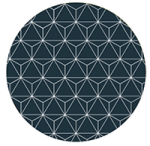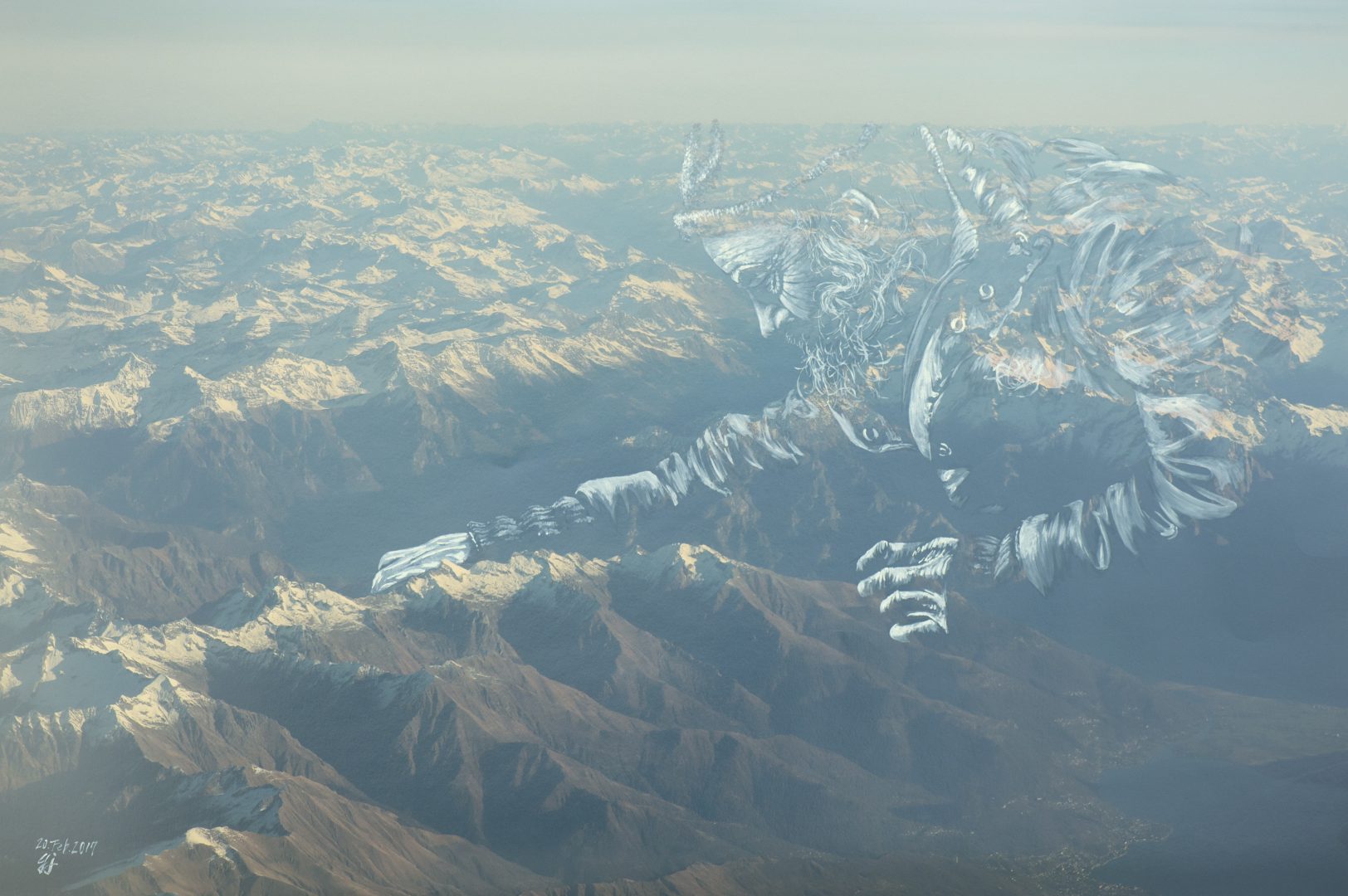The Social Art Award 2017
Can art change the world?
Under this question, the Institute for Art and Innovation e.V. had launched the first Social Art Award in 2017. Artists and cultural actors of all areas were invited to apply with their work to the field of social art. Artists from 131 countries responded with extraordinary works and projects.
On September 5, 2017, the three winners Lino Tonelotto from France, Quek Jia Qi from Singapore and Diogo da Cruz from Portugal were honored, and exhibited at WHITECONCEPTS Gallery in Berlin. They demonstrated with their politically engaged works that art can make current events visible and tangible. This is an important understanding for bringing forward the debate and thus a social change.
Learn more about it and get your copy of the Social Art Award Book (116 pages, English) featuring the Top50 artists.
To Order:
Printed Version (Softcover) – 25 EUR excl. delivery
E-Version – Free
See here the best entries:
Oneness
Yejeong Ko
(Inkjet print wih oil-paint, 110x74cm) I hope my art to give a different life to people, and to build the different world, so I've started to break the boundaries. I have been integrating several contrastive aspects into one frame. - Philosophical Boundaries Considering my cultural background, which is from South Korea, I'm trying to bring Eastern mind and idea to Europe. 'Human and nature are one' is general theme in Taoism. Instead of self-centred life which is supported by Capitalism in West, Confucianism taught how to live together by respecting each other. - Social Boundaries The people I portrayed are all the people I found on the street in my daily life in London, sitting at the side, wanting any kind of help from others who's passing by. I believe that my art might be a spiritual way to give them a new life in art, taking them out of the cold reality. And for the practical help as well, I am trying to pay and share food and goods to reduce the gap between their life and my life. With only one colour, white, it seemed to be hard to recognise who the people are. Removing the 'colour' diminishes reality and reconstructs the equilibrium in my painting. The people are becoming God, philosopher, or wise man in the spectators perception. They were living out of the capitalist. Their transcendent life has been integrated into the transcendent beauty of nature in my art. - Methodological Boundaries Photography is the primary visual art for digital media, which requires fast developed device and high-end technology. Oil paint is the most historical art territory. By painting on the high quality photographic print, I feel I am extending the genre, combining two dimensions. Moreover, my paint ,depicting the light like photographic sight, causes the ambiguity in definition of photography and painting, and completes the image blending instead of image layering.
(Inkjet print wih oil-paint, 110x74cm) I hope my art to give a different life to people, and to build the different world, so I've started to break the boundaries. I have been integrating several contrastive aspects into one frame. - Philosophical Boundaries Considering my cultural background, which is from South Korea, I'm trying to bring Eastern mind and idea to Europe. 'Human and nature are one' is general theme in Taoism. Instead of self-centred life which is supported by Capitalism in West, Confucianism taught how to live together by respecting each other. - Social Boundaries The people I portrayed are all the people I found on the street in my daily life in London, sitting at the side, wanting any kind of help from others who's passing by. I believe that my art might be a spiritual way to give them a new life in art, taking them out of the cold reality. And for the practical help as well, I am trying to pay and share food and goods to reduce the gap between their life and my life. With only one colour, white, it seemed to be hard to recognise who the people are. Removing the 'colour' diminishes reality and reconstructs the equilibrium in my painting. The people are becoming God, philosopher, or wise man in the spectators perception. They were living out of the capitalist. Their transcendent life has been integrated into the transcendent beauty of nature in my art. - Methodological Boundaries Photography is the primary visual art for digital media, which requires fast developed device and high-end technology. Oil paint is the most historical art territory. By painting on the high quality photographic print, I feel I am extending the genre, combining two dimensions. Moreover, my paint ,depicting the light like photographic sight, causes the ambiguity in definition of photography and painting, and completes the image blending instead of image layering.



